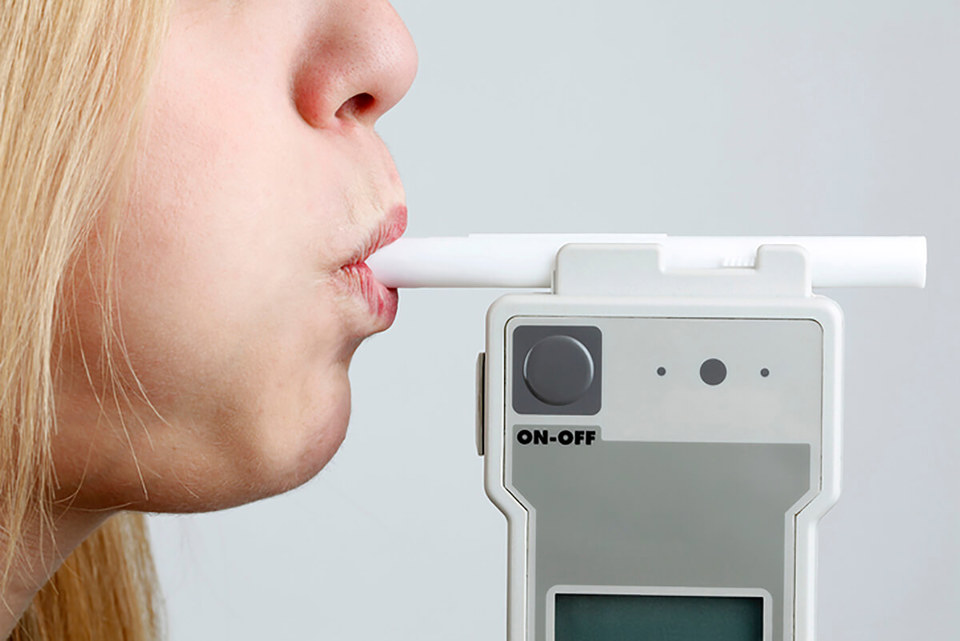The road safety charity Brake today urged drivers not to drink any alcohol before getting behind the wheel this summer, as police across England and Wales begin their month long summer drink and drug driving campaign.
The campaign, which kicks off today, sees forces stepping up roadside checks for alcohol and drugs and speaking to the public about the risks. Last summer 83,000 drivers were stopped and breathalysed and 6% failed (or refused).
Julie Townsend, Brake deputy chief executive, said: "Even very small amounts of alcohol increase your risk of crashing dramatically, yet every year thousands of drivers risk it, and too often this results in tragedy. We need everyone on board with the message that it's none for the road, and if you do risk it, you will be caught. Police will be out in force over the next month spreading the message that drink driving kills and there is no excuse for it. We're also urging the government to help end alcohol-induced carnage on our roads, and tackle confusion about what's safe and what's not, by lowering the limit to a zero tolerance level."
Each month in Great Britain 23 people are killed and 108 people are seriously injured by drivers over the drink drive limit. It is estimated that a further 65 people are killed annually by drivers who have been drinking, but are under the limit. In 2011 drink drive deaths (caused by drivers over the limit) increased by 12% and serious injuries increased by 3%.
Brake welcomed recently unveiled government plans to streamline police procedures to make it simpler to prosecute drink drive offenders, but called for bolder action to tackle deadly drink driving. Brake is urging government to lower the limit to 20mg alcohol per 100ml blood, an effective zero tolerance limit.
England and Wales have a drink drive limit of 80mg alcohol per 100ml blood, the highest in Europe, encouraging many to believe that one or two drinks before driving is okay. But research shows just 20-50mg alcohol increases crash risk by three times.
Evidence from abroad shows that lowering the limit also reduces drink driving among drivers who exceed the limit by a larger margin and reduces deaths and injuries caused by drink drivers.
Charity warns one drink is too many if you're driving
- By Fleet News
- |
- 31 May 2013
- News













Login to comment
Comments
No comments have been made yet.